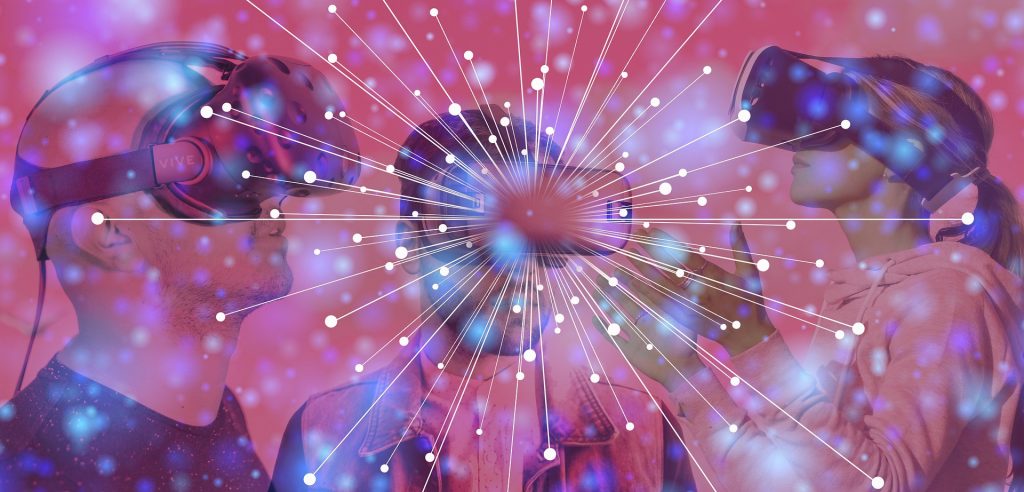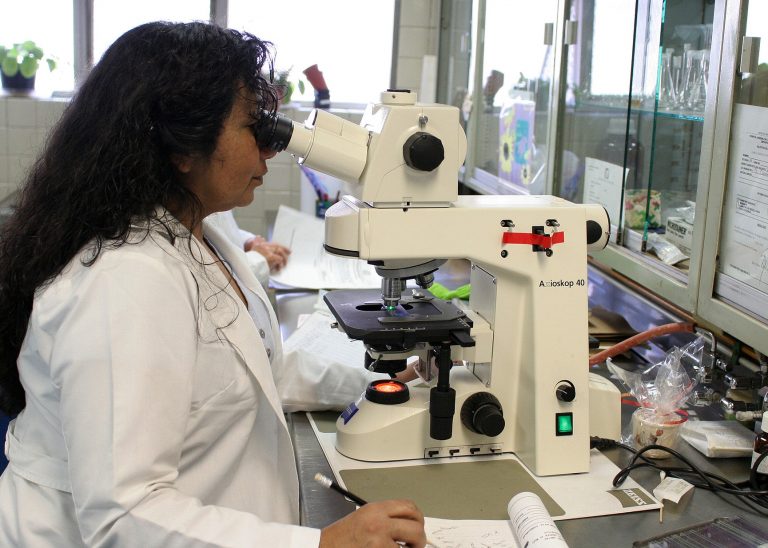
We recently attended the (online) 2020 XR Access Symposium, where we learned from accessibility leaders with expertise in extended reality (XR). Not familiar with the term XR? XR refers to immersive technologies like virtual, augmented, and mixed reality. Everything from virtual reality (VR) headsets to Pokémon Go to mixed reality glasses are considered to be XR.
We’re big fans of the XR Access initiative, which was launched by Cornell Tech and Verizon Media in 2019, with support from the Partnership on Employment & Accessible Technology (PEAT). Their mission is to make XR technologies more accessible to people with disabilities. And, they have high hopes for XR — they think it has the potential to pave the way for the future of accessible tech.
After all, there’s a lot of buzz about XR these days. And with good reason. XR allows us to access people, places, and experiences regardless of physical distance or other limitations.
In the age of social distancing and Covid-19, XR can make us feel closer even when we are apart. XR can help people who struggle with low vision navigate the world more effectively or help people who are hard of hearing enjoy audiovisual media.
At the symposium, the experts weighed in on these topics and more. Here’s what they had to say about how XR will make the world more accessible — and how you, the technology developer, can design tech with inclusivity in mind!
Considering accessibility needs during product development
Erin Hawley is a writer, gamer, and accessibility consultant who has written extensively on the importance of making AR/VR and video games more inclusive. Over the years, Hawley has worked on a number of exciting projects with some of the biggest names in tech. She worked with Microsoft to develop the Xbox Adaptive Controller. She’s also helped Logitech, EA Games, and Adobe review the inclusivity of their products.
As an experienced product tester, Hawley had some important advice for technology developers. She urged them to consider accessibility needs from the very beginning of product development. “It is much easier to include accessibility features before starting playtesting (the point in video game development when prospective users test the game for bugs or design flaws),” she said; it is very difficult to work backward. As a result, many games and devices don’t become accessible until the next update comes out — which can take years.
So what advice does Hawley have for technology developers? She recommends hiring more individuals with disabilities to test products before bringing them to market. And she emphasized that hiring product testers means paying them for their time. “Our time and knowledge are work,” she said. “Asking for our feedback needs to be done fairly.”
The role of language and culture in enabling access
Language and culture should also be considered when designing products and services that are truly accessible. In Europe, for example, hundreds of different languages are spoken. How can you design to accommodate people who speak different languages?
Dr. Pilar Orero, a professor at the Universitat Autonoma de Barcelona and co-founder of the Media Accessibility Platform (MAP), has some tips. Orero’s research focuses on accessible captioning. “Accessibility and inclusion need to be a given when developing new technology,” she said. And this means including speakers of different languages. “Otherwise, we don’t understand each other,” said Orero.
Orero is an opera-lover, and she’s on a mission to make it accessible to all. She thinks VR can help. She and her team have used Oculus Quest and Google Home technologies to display captioning in multiple languages and to activate subtitles using hand gestures and voice commands. “Many Europeans do not have access to cars or live in rural areas. Virtual access to the opera allows people to immerse themselves in the culture from anywhere,” she said.
XR and the future of work
Joel Ward, a technology strategist and XR Product Manager at Booz Allen Hamilton, wants to see virtual reality integrated into the future workplace. Remote work may be the new normal, but are companies ready for the transition? According to Ward, “Our technology is not quite ready…XR, virtual reality, and augmented reality need to get better.” But sooner than later, he said, XR will be “a larger part of what we do.”
The “virtual office” will enable greater inclusivity, Ward argued. “Making workspaces accessible to everyone could be the silver lining in all of this.”
Ward, whose youngest son has Cerebral Palsy, is passionate about using technology to improve access. He is active in the XR Access community and helps the organization evaluate the accessibility of different technologies. He is hopeful that technology developers will do their part to design with accessibility in mind.
As a technology developer, here are steps you can take to make your tech more inclusive — through product development and beyond.
First, understand your end-users’ needs. Your users are diverse, and they have different needs. Experiment with features that will make your tech work for them. Remember, one size doesn’t usually fit all.
Your users are your greatest resource! Incorporate their feedback as you iterate on your design. After all, their buy-in could make or break your technology.
Involve user experience designers and accessibility experts throughout product development. They may be able to help you design a product fit for all users — not just some. Not only will you expand your user base, but you’ll empower your users, too.
We can’t wait to see what you come up with!



